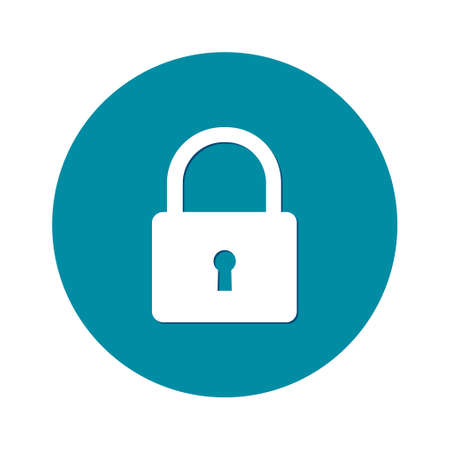
- By Ahsan 23-Jun-2023
- 1009
clean code horrible performance clean code principles clean code clean code book
Writing clean code is essential for creating maintainable and efficient software. Here are 20 pro tips to help you write clean code:
1. Follow a consistent coding style: Consistency makes your code easier to read and understand. Adhere to a coding style guide, such as PEP 8 for Python or the Google Java Style Guide for Java.
2. Use meaningful and descriptive names: Choose descriptive names for variables, functions, classes, and other code elements. This makes your code self-documenting and easier to comprehend.
3. Keep functions and methods short: Aim for small, focused functions that do one thing well. Shorter functions are easier to understand, test, and debug.
4. Avoid deep nesting: Limit the level of nested code blocks (if statements, loops) to enhance code readability. Consider refactoring nested blocks into separate functions or methods.
5. Write self-explanatory code: Make your code easy to understand without excessive comments. Use meaningful variable and function names, and structure your code logically.
6. Use comments wisely: Use comments to explain complex algorithms, non-obvious logic, or potential pitfalls. Avoid excessive comments that simply restate the code.
7. Avoid code duplication: Duplicate code leads to maintenance issues and increases the risk of introducing bugs. Refactor duplicate code into reusable functions or classes.
8. Write concise and focused functions: Functions should have a clear purpose and do one thing well. Avoid long functions that try to do too much.
9. Break down complex tasks: If a function becomes too complex, break it down into smaller, manageable parts. This improves readability and testability.
10. Keep lines and blocks short: Limit line lengths to improve code readability. Break long lines and blocks into smaller ones.
11. Use appropriate indentation and formatting: Properly indent your code to show its structure. Use consistent and clear formatting to enhance readability.
12. Avoid excessive parameters: Functions with a large number of parameters are harder to understand and use. Consider grouping related parameters into a data structure or using default values where appropriate.
13. Eliminate unnecessary code: Regularly review and remove unused code. It reduces clutter and avoids confusion.
14. Follow the Single Responsibility Principle (SRP): Classes and functions should have a single responsibility. This improves maintainability and testability.
15. Use version control effectively: Utilize a version control system like Git to track and manage changes to your codebase. Make frequent commits with meaningful messages.
16. Write meaningful unit tests: Unit tests not only verify the correctness of your code but also act as documentation. Write tests that are easy to read and understand.
17. Refactor regularly: Refactoring is the process of improving the structure and design of existing code without changing its functionality. Regularly refactor your code to eliminate code smells and improve readability.
18. Use proper error handling: Handle errors gracefully and provide meaningful error messages. Avoid swallowing exceptions or using generic error messages that don't provide enough information.
19. Optimize for readability, not performance: While performance is important, prioritize writing clean and readable code. Optimize for performance only when necessary and supported by measurements.
20. Keep dependencies minimal: Minimize dependencies between modules, classes, and functions. This reduces complexity and makes your code more modular and maintainable.
21. Write modular and reusable code: Design your code to be modular and reusable. Break your code into smaller, independent components that can be easily reused in different contexts.
22. Use meaningful abstractions: Create abstractions that accurately represent the problem domain. Choose names and designs that make sense in the context of the application.
23. Continuously learn and improve: Stay up-to-date with best practices, new technologies, and programming paradigms. Constantly improve your coding skills and strive for better code quality.






